Time to get booked for the 'ber months
Celebrate the holidays in these hidden Hong Kong gems
By MB Lifestyle
At A Glance
- Hong Kong has built its reputation as a haven for city dwellers and those who appreciate the high-octane way of life, but there is much more to see on the islands of this city, treasures to be found and hidden gems that may surprise those who seek them.
Hong Kong continues to be one of Asia’s top destinations to unwind and spend the holiday season in. Although this raises the question for repeat travelers, what else is there to see in Asia’s World City? Here are a few places for those who wish to take the road less traveled by and find themselves into the hidden gems of Hong Kong.
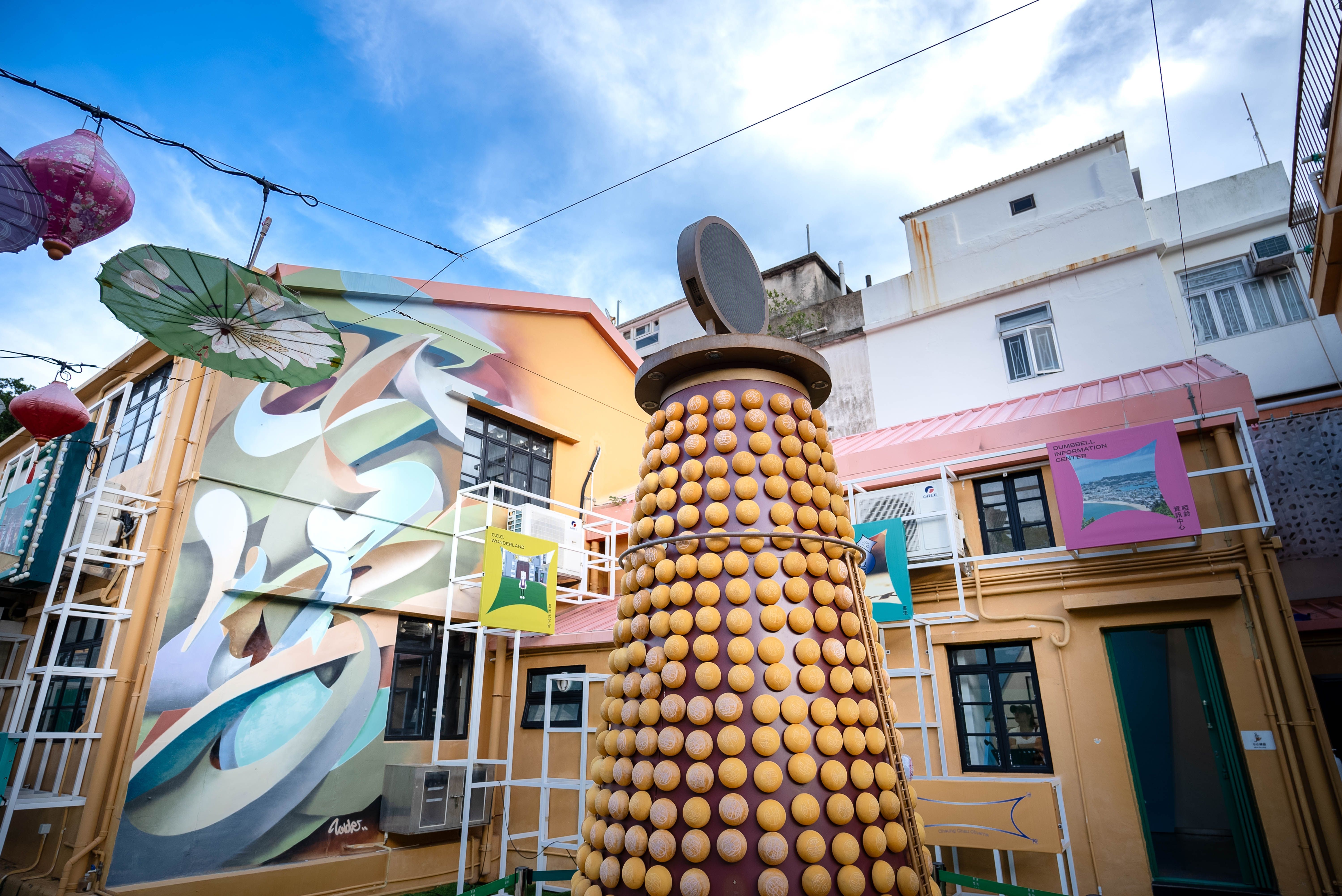
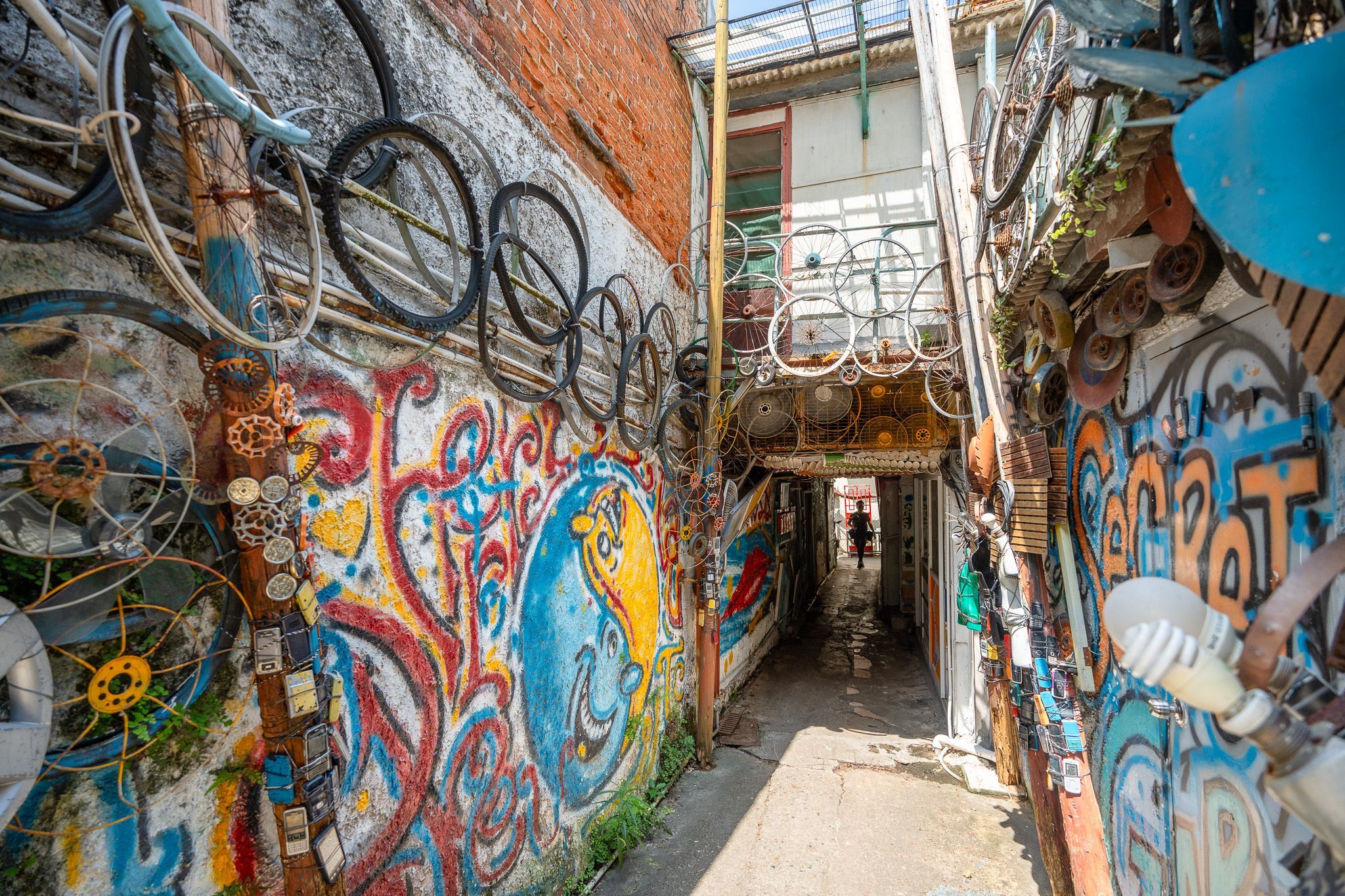
Cheung Chau Island and Peng Chau Island
Dreaming of that island getaway vacation? Make your way over to the tranquil island life offered by Cheung Chau Island. Known for its boat-filled waterfront and scenic hiking trails, the dumbbell-shaped island is widely regarded for its Cheung Chau Bun Festival. Celebrated every eighth lunar month, the highlight of the occasion is the “bun scramble” competition wherein players try to out-climb each other on a tower of buns. If it sounds a bit much, you can always take a breather along the streets of San Hing and Pak She where you’ll find Instagrammable cafés to enjoy a cup or two.
As for those who seek to be away from the city while still having it within reach, Peng Chau Island is only an hour away from the central business district. Serving as the perfect home for the contemporary artist, Peng Chau is a small island, barely covering one square kilometer. It offers the taste of a quiet village life, providing tourists a charm from its tight-knit feel. Situated on the island is the Fook Yuen Leather Factory, once a powerhouse of providing quality footwear, now serves as the go-to spot for your creative photography needs due to its quirky art installations and murals.

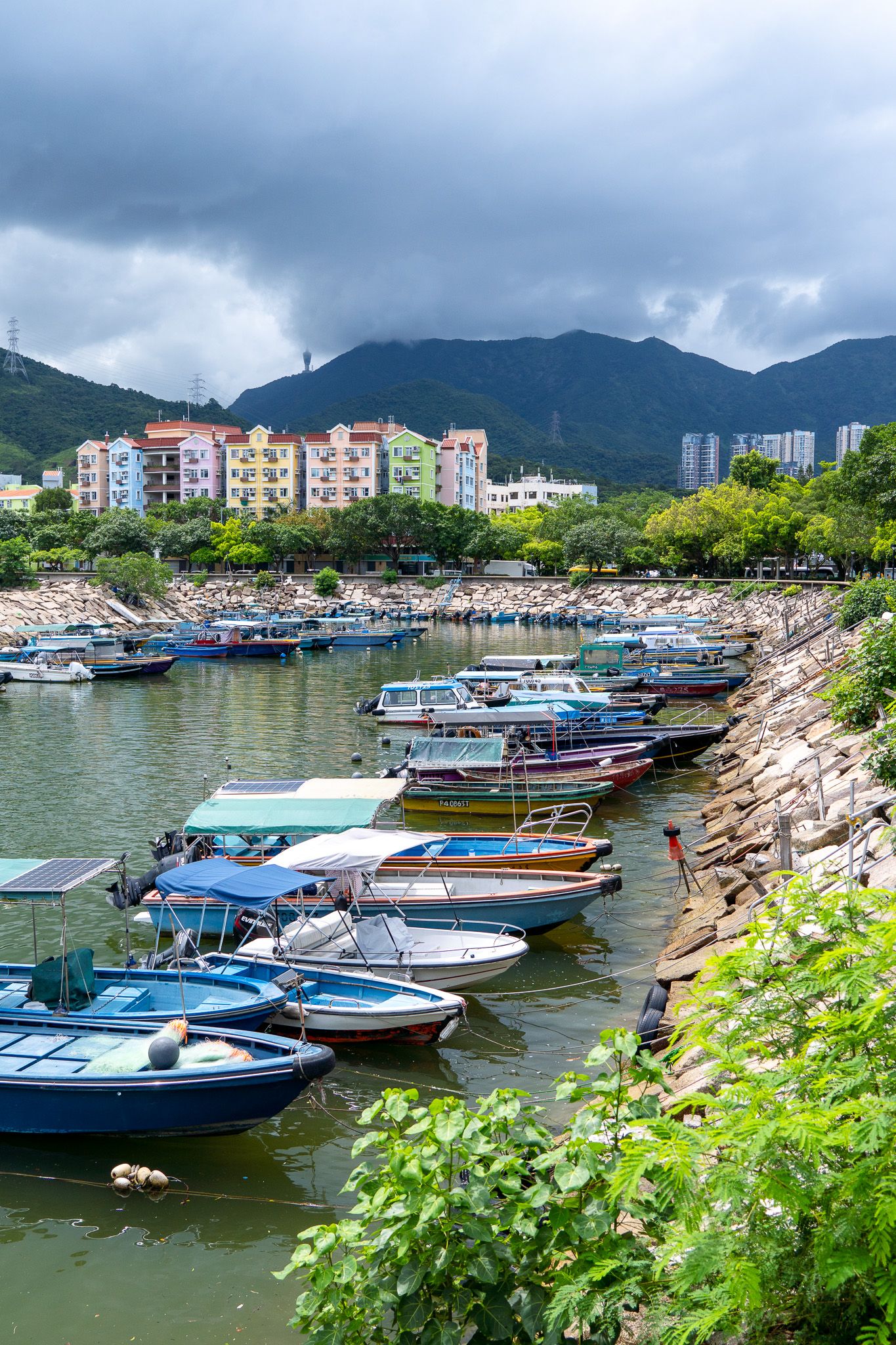
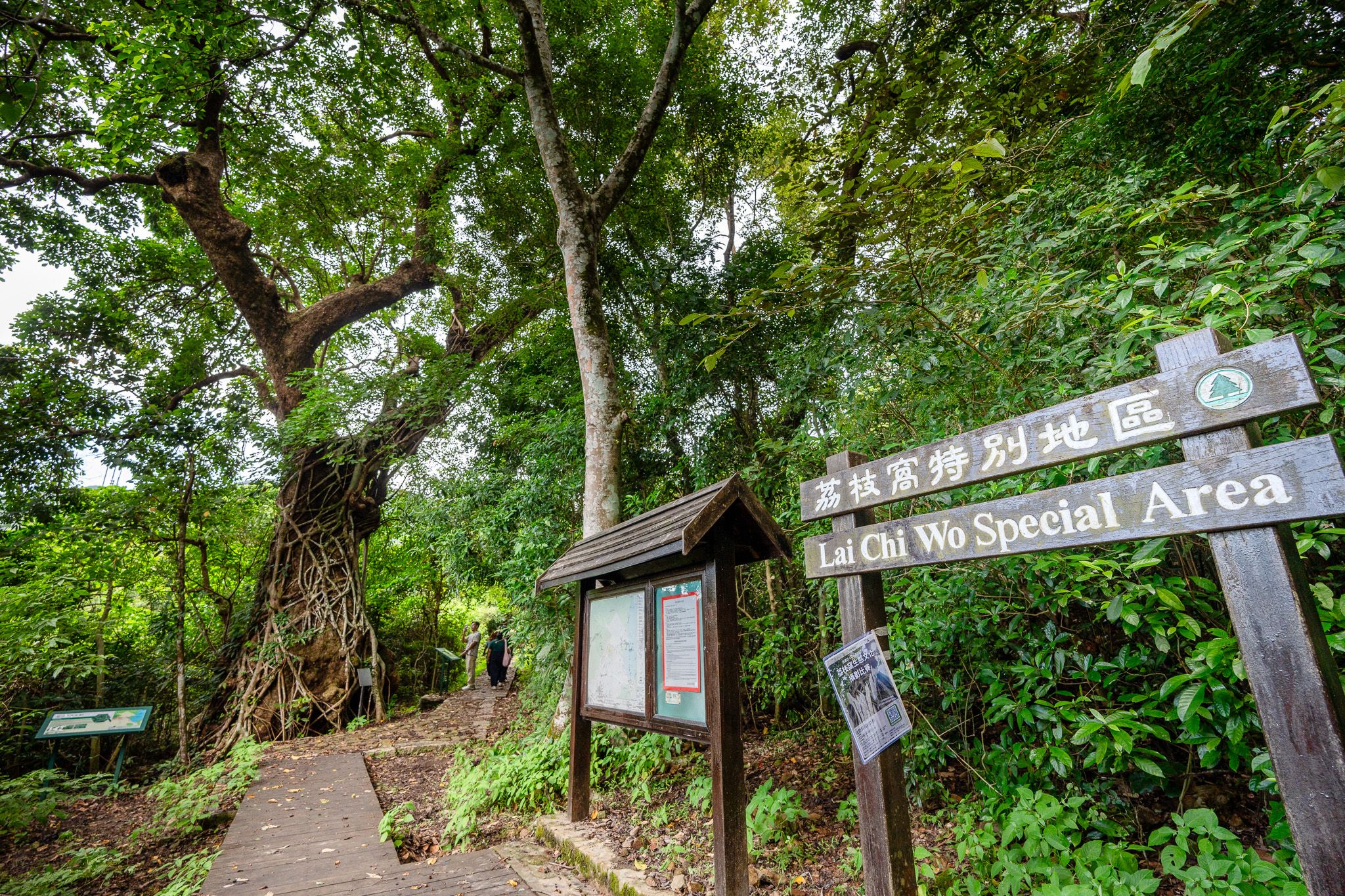
Tsz Shan Monastery, Sha Tau Kok, and Lai Chi Wo
For those who wish to search for themselves, soak in culture, and bask in the rich traditions prevalent in Hong Kong, look no further than visiting Tsz Shan Monastery. Find yourself surrounded in nature as you take in Buddhist teachings and participate in spiritual activities open for visitors. There are also several spiritual sights in the different areas of the monastery that showcase the different faces and teachings of Buddhism. One of which is the 76m (nearly 250ft) statue of statue of Guan Yin, the image of compassion in Buddhist teachings. It stands by the Thousand Wishes Pond, allowing visitors to stop by and make water offerings to her.
Looking for a peaceful boat journey? Although you’ll need to apply for a permit to enter Sha Tau Kok, visiting this quiet and colorful settlement will not disappoint. Formerly considered as a part of the Frontier Closed Area, a group of towns on the boundary of Hong Kong and mainland China, Sha Tau Kok has since blossomed into being Hong Kong’s more intriguing attractions. Marvel over the street murals and pavilions that blend well with traditional Chinese culture and the classic Hong Kong identity.
If you’ve already gone through the effort of visiting Sha Tau Kok, might as well go further out and visit the walled village known as Lai Chi Wo. It’s known as a Hakka settlement that dates back to centuries ago. Although the area is quieter these days, as only a few members of one of the three founding families of the village and farmers that tend to the place’s fields remain, there’s still much of the rich culture left behind for many to witness. Lai Chi Wo is also considered as one of Hong Kong’s oldest and largest and best-preserved rural settlements. Notably, Lai Chi Wo Rural Cultural Landscape has garnered the UNESCO Asia-Pacific Award of Distinction for Cultural Heritage Conservation, further cementing the village’s commitment to preserving the area’s beauty. Have yourself experience true Zen by looking through the feng shui forest that surrounds over 200 houses in the well-preserved site.
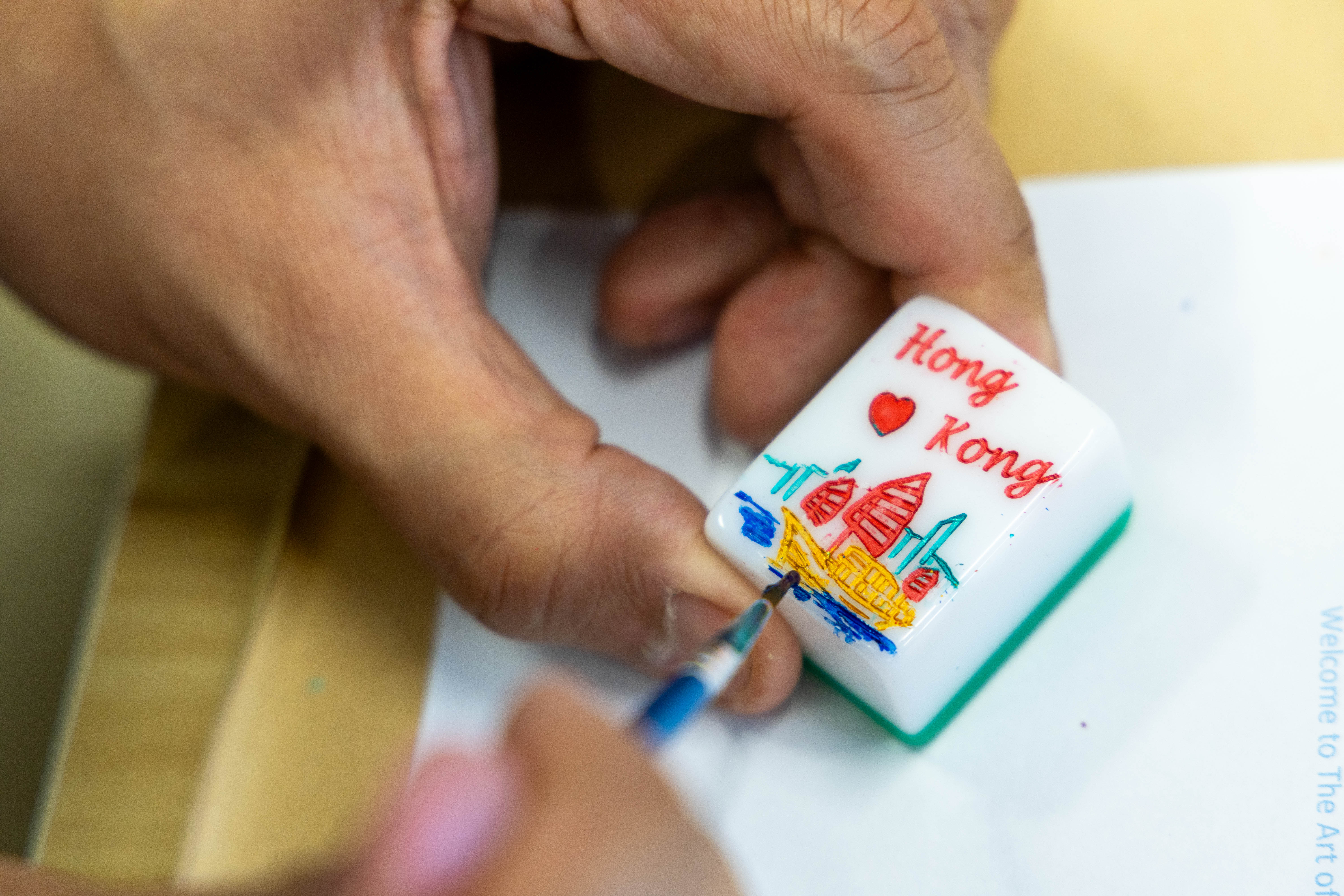
Mahjong tile coloring and minibus sign workshops
Had enough of walking around and seeing the sights? Why not relax and participate in cultural activities available in the area? After all, the best way to learn about another culture is to immerse one’s self in their art and cultural identity.
Mahjong needs no introduction as it is a popular game among Asian communities. What many might take for granted is the art that goes into making the intricate symbols that go on each piece. Karen Aruba Studio offers a Mahjong tile coloring workshop that invites all to witness the journey that goes into creating the delicate game pieces.
Meanwhile, the Hong Kong minibus has become a Hong Kong commuter icon for its iconic hand-painted signs that depict its designated locations. Mak Kam-sang from Eldage, the sole sign-maker in the city keeping the art form going, offers a two-hour workshop where he shares stories about the industry and the art and aesthetics refined over 40 years.
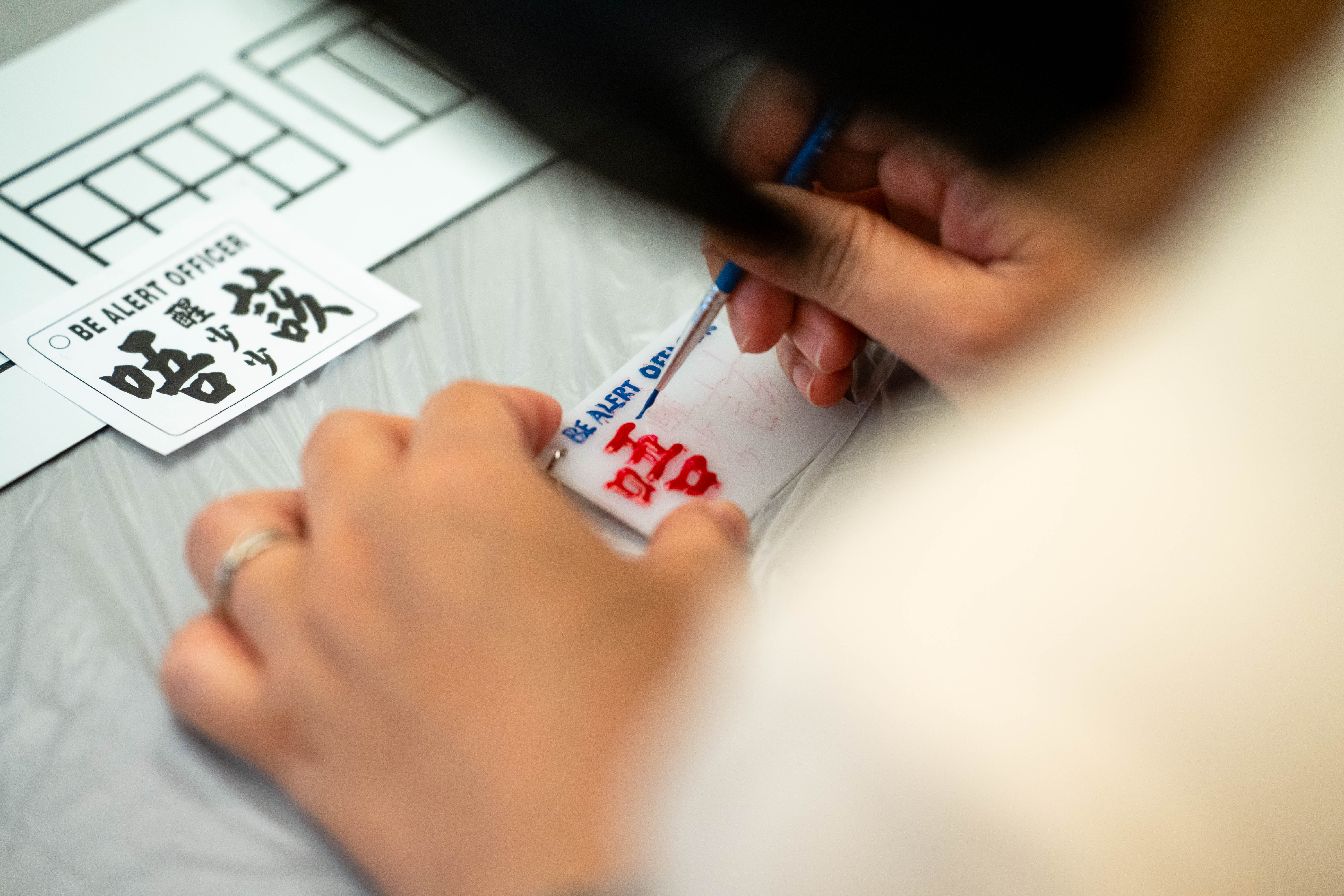
Still unsure about what unexplored locations you have yet to unearth in Hong Kong? Try using the Hong Kong Tourism Board’s newly developed AI tool to find your way. Discover Hong Kong with AI offers a fun and interactive way to see what spots to check out while keeping into account a person’s preferences and personality to come up with the perfect travel recommendations. It also utilizes AI tools to create a photo of you amid the backdrop of the recommended Hong Kong locations, instantly transporting you to Hong Kong before you’re even there.